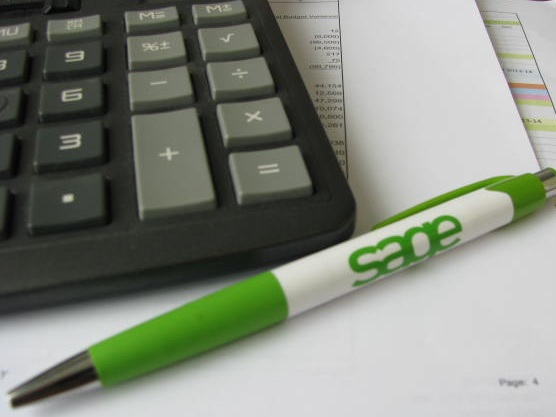How to Reconcile Bank Statement to General Ledger
Instructions
-
1
There will be many ways to reconcile your bank statement. The bottom line is that you must compare the balance on the general ledger and on your bank statement, and make sure that the value is identical. Some may first look at the general ledger, verify the information on it, and then look at their bank statement. Others will prefer cross checking each value. You can use whichever method suits you best.
-
2
If the ledger is prepared manually, make sure you go through each and every component. Start with the beginning balance on the ledger, which will be the closing balance for the previous month. Now start by comparing the check amounts on both the general ledger and the bank statement. Look for the Total deposit value and any adjustment you will need to make to correct for an error. This error can be due to a wrong accounting entry, or could be a mistake made by your bank.
-
3
Make note of those outstanding checks which you have listed on the general ledger but are not shown on the bank statement. This scenario usually arises at the end of the month where certain items are not cleared by the bank. Make sure you adjust the ledger accordingly by marking the checks and deposits which have been cleared and those in the process of clearing.
-
4
Subtract any bank charges or fees. Your bank statement will have such miscellaneous expenses, therefore it is important to list them on the general ledger. If there are errors in amounts, or certain charges which you have not previously listed, make appropriate entries.
-
5
Check the ending balance on both accounts. Firstly, reconcile the general ledger by subtracting or adding all outstanding checks and deposits respectively. This will allow you to track the checks which are not cashed, while further balancing the items for any deposits not recorded on the bank statement. If the amount is equal, your job is done. However, if any discrepancies arise, look for the loop holes and correct any errors.








